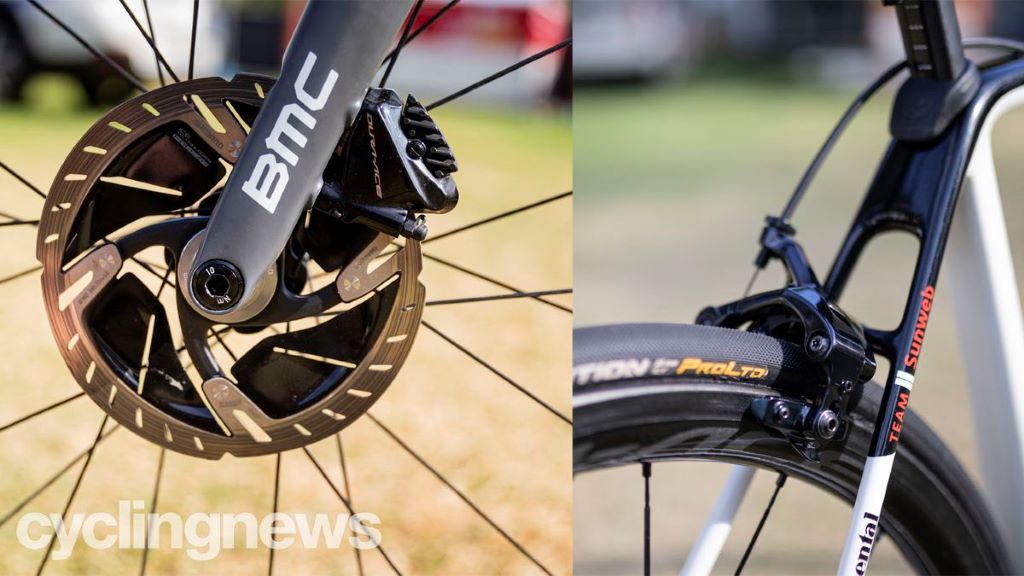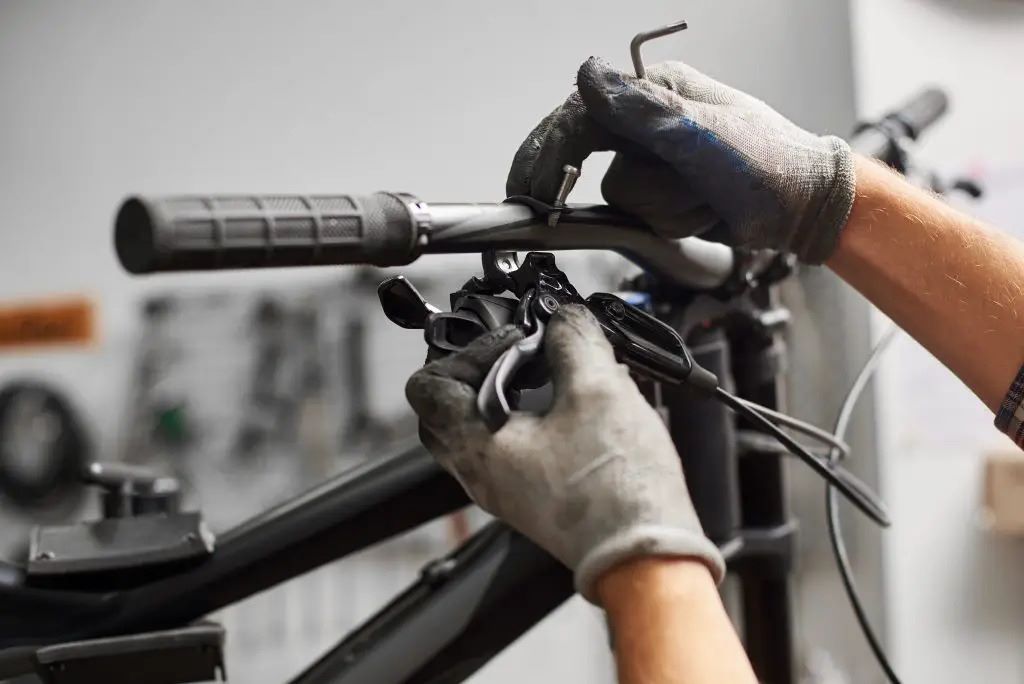Cruiser bikes are known for their laid-back style and comfortable rides. However, ensuring your brakes are in top shape is crucial for a safe and enjoyable experience. Whether you’re a casual rider or a seasoned cruiser enthusiast, understanding how to maintain your brakes is a must.
Why Brake Maintenance Matters
Your brakes are your primary safety feature. Neglected brakes can lead to accidents, especially on cruiser bikes that often lack multiple gears for slowing down. Regular maintenance also extends the lifespan of your brake components, saving you money in the long run.
Types of Cruiser Bike Brakes
Cruiser bikes typically come with one of two main brake types:
- Coaster Brakes (Foot Brakes): Activated by pedaling backward, coaster brakes are simple and reliable. They require less frequent adjustment but can be less responsive than hand brakes.
- Rim Brakes (Hand Brakes): Rim brakes use pads that clamp onto the wheel rim when you squeeze the brake lever. They offer more control and stopping power than coaster brakes but need more frequent adjustment and pad replacement.
Routine Brake Inspection
Make it a habit to inspect your brakes regularly, ideally before every ride:
- Check Brake Pads: Examine the brake pads for wear. If they are thinner than ¼ inch (6mm), it’s time for replacement. For rim brakes, ensure the pads make even contact with the rim.
- Inspect Brake Cables: Look for fraying, kinks, or rust on the brake cables. If you see any damage, replace the cables immediately.
- Test Brake Lever: Squeeze the brake lever (for hand brakes) and check for a smooth, firm response. If it feels spongy or the lever pulls all the way to the handlebar, your brakes need adjustment.
- Spin the Wheels: Lift your bike and spin each wheel. Listen for any rubbing sounds or feel for resistance, indicating a potential brake issue.
Maintaining Rim Brakes

- Adjusting Brake Pads: If your brake pads are rubbing or not making full contact, you’ll need to adjust them. Loosen the bolt that holds the pad in place, reposition the pad, and tighten the bolt.
- Tightening Brake Cables: If your brake lever feels loose, tighten the cable using the barrel adjuster on the brake lever. For more significant adjustments, you may need to adjust the cable at the brake caliper.
- Replacing Brake Pads: When your brake pads wear down, replace them with new ones that are compatible with your brake type.
Related: The 10 Best Cruiser Bikes For Everyone of 2024
Maintaining Coaster Brakes
- Lubricating the Arm: Periodically lubricate the arm of your coaster brake with a few drops of oil to keep it functioning smoothly.
- Adjusting the Chain: Ensure your chain is properly tensioned, as a loose chain can affect the coaster brake’s engagement.
- Professional Servicing: For more complex coaster brake issues, such as internal adjustments, it’s best to seek professional help from a bike mechanic.
Additional Tips
- Cleanliness: Keep your brakes clean and free from dirt and debris, as this can affect their performance and cause premature wear.
- Proper Storage: Store your cruiser bike in a dry place to prevent rust and corrosion on the brake components.
- Ride Responsibly: Avoid excessive braking and sudden stops, as this can put unnecessary strain on your brakes.
When to Seek Professional Help
If you’re uncomfortable performing any maintenance tasks or encounter issues you can’t resolve, don’t hesitate to seek help from a qualified bike mechanic.
Conclusion
By following these maintenance tips, you can keep your cruiser bike’s brakes in top condition, ensuring a safe and enjoyable ride every time you hit the road or the beach.

Welcome to outdoorxsports.com! I’m Russell, your guide to the awesome world of mountain biking. This blog is all about building a community of riders who love to share their passion for the sport. Expect inspiring stories, local trail recommendations, fun challenges, and tips for making the most of your time on two wheels.

